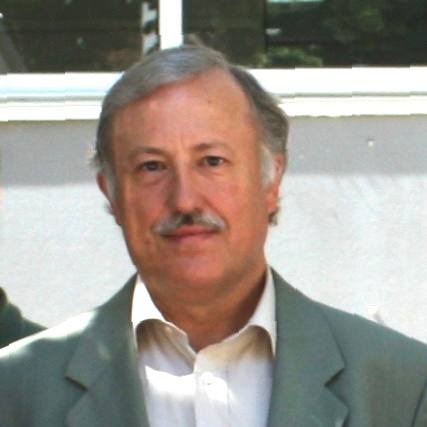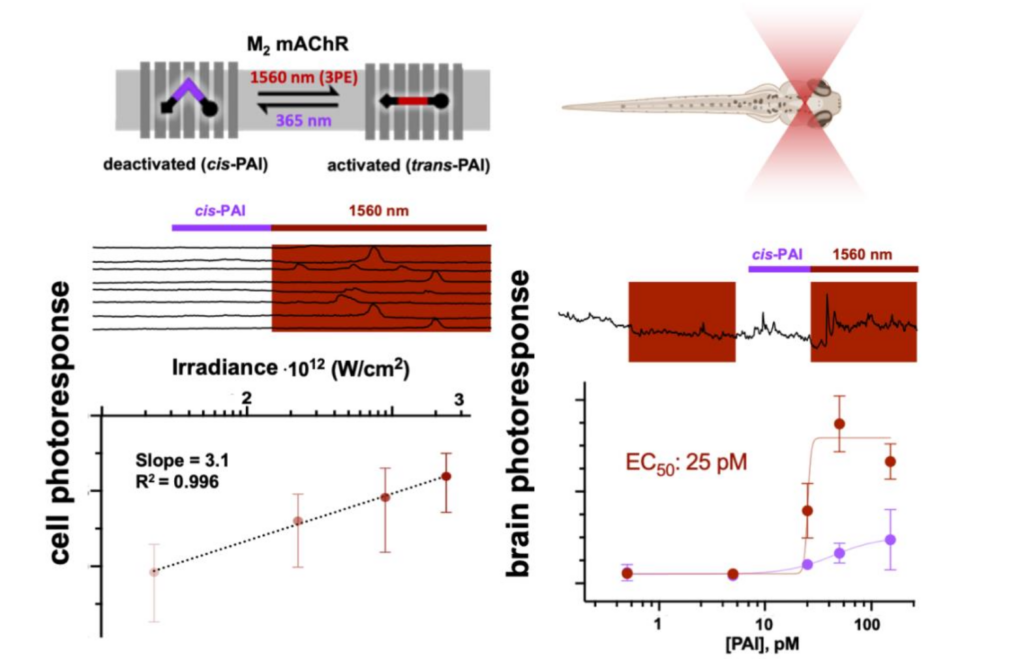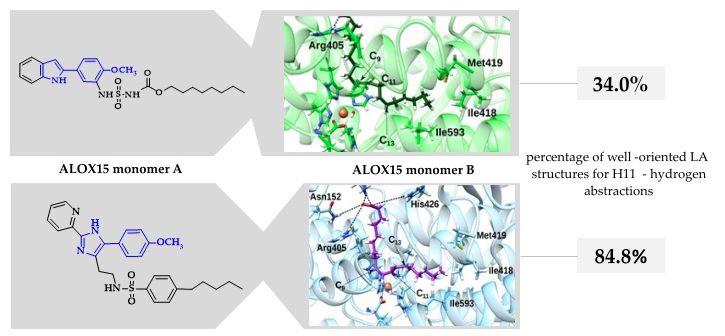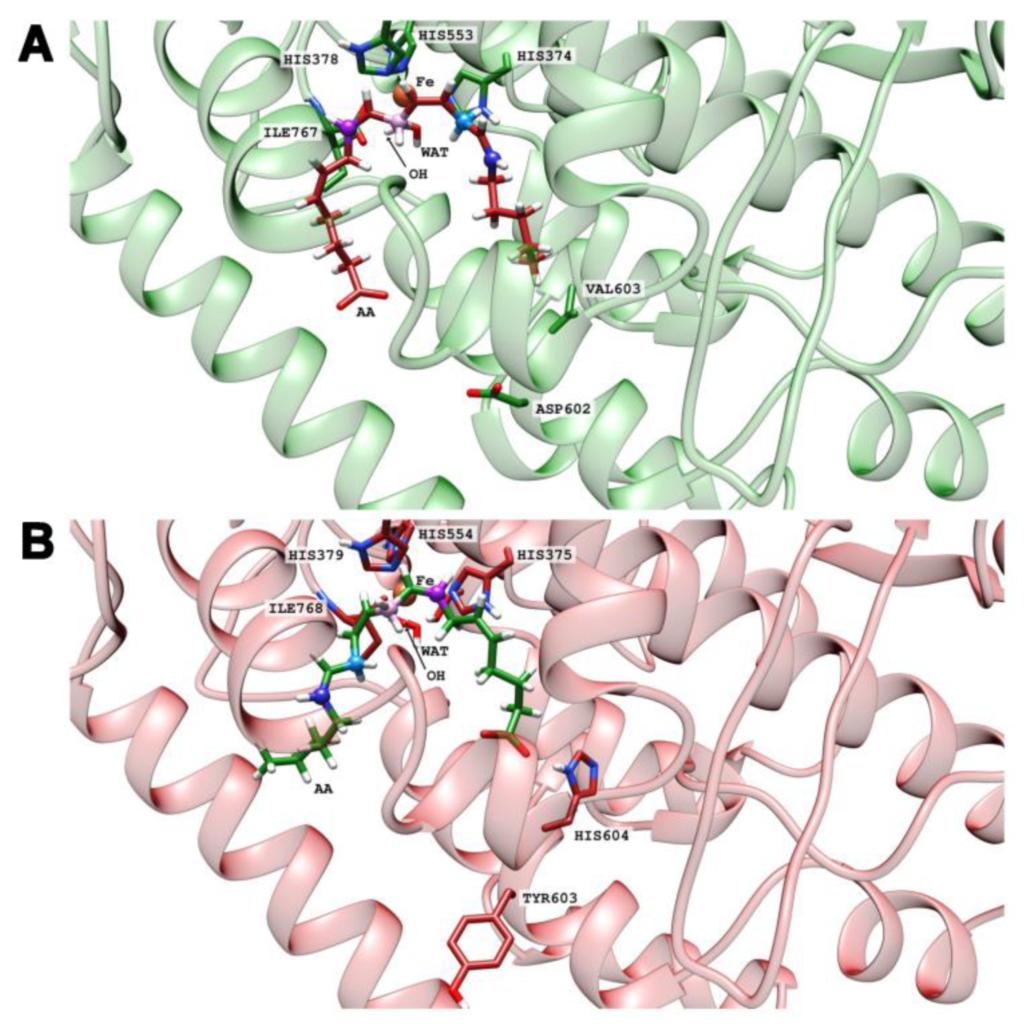
José Maria Lluch López was born in Barcelona in 1955. Graduated in Chemical Sciences and Doctor in Chemical Sciences from the Autonomous University of Barcelona (UAB) in 1977 and 1981, respectively. University professor at the UAB in 1982. Full professor of Physical Chemistry at the Department of Chemistry at the UAB since 1990. Head of the Department of Chemistry of the UAB (1992-1996 and 2009-2013) and the Rector’s Delegate for Academic Affairs and Affiliated Centers of the UAB (2000-2002). He has supervised 32 Doctoral Theses. He has published 335 research papers so far. Within the field of Theoretical Chemistry, he has been employing for many years different dynamical approximations to analyze multiple (structural, spectroscopic, kinetic and dynamic) phenomena in several areas of Chemistry that can only be explained considering both the electronic and the nuclear motions. Starting from the Born-Oppenheimer approximation, he has dealt with the dynamic problem through Quantum Mechanics using two equivalent, time-dependent and time-independent, pathways. He has introduced simplifications that lead to semiclassical methods or even Classical Dynamics. Under certain conditions, he has replaced the strictly dynamic treatment by the Variational Transition State Theory (VTST), with all its numerous variants. He has worked on polyhydride and dihydrogen complexes of transition, fast chemical reactions in excited electronic states, the mechanism and kinetics of many reactions of Atmospheric Chemistry (studying rate constants, negative activation energies, kinetic isotope effects), theoretical characterization of low-barrier hydrogen bonds…
For the last 20 years he has been applying the methods of Theoretical Chemistry (Quantum Chemistry, Statistical Mechanics and Biomolecular Simulations), conveniently adapted, to problems of Molecular Biology, especially combining QM/MM calculations with dynamic methods to study enzyme catalysis (mechanism, rate constants and kinetic isotope effects using VTST, including multidimensional tunneling corrections in the presence of the complete protein environment) and photobiological processes. Currently, he is focused on core problems of the Biotechnology and Pharmaceutical industries. His two general objectives are the design (and the design of their biocatalytic production in some cases) of two different kinds of drugs that can play an especially important role in the control and treatment of several life-threatening human diseases: Drugs related to lipoxygenases and cyclooxygenases for inflammatory-based diseases, and photoswitchable drugs. In particular, he is trying to develop innovative ways to rationally design new pharmacological (and photopharmacological) treatments of cancer, considered as an inflammation-based human disease, with spatial and temporal resolution and, hence, without damaging side effects.
His main hobbies are reading and playing sports, especially athletics.
Latest Publications
Angewandte Chemie International Edition
Three-Photon Infrared Stimulation of Endogenous Neuroreceptors in Vivo

Molecules
Different Structures—Similar Effect: Do Substituted 5-(4-Methoxyphenyl)-1H-indoles and 5-(4-Methoxyphenyl)-1H-imidazoles Represent a Common Pharmacophore for Substrate Selective Inhibition of Linoleate Oxygenase Activity of ALOX15?

International Journal of Molecular Sciences
Functional Characterization of Mouse and Human Arachidonic Acid Lipoxygenase 15B (ALOX15B) Orthologs and of Their Mutants Exhibiting Humanized and Murinized Reaction Specificities

